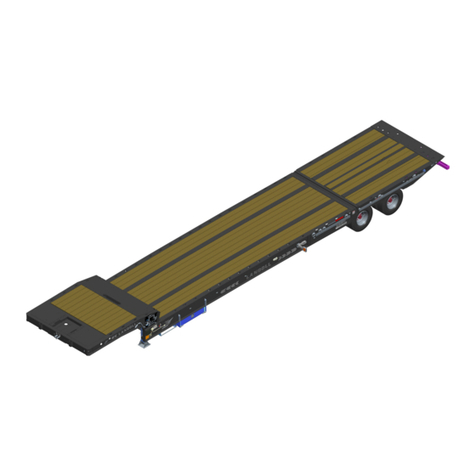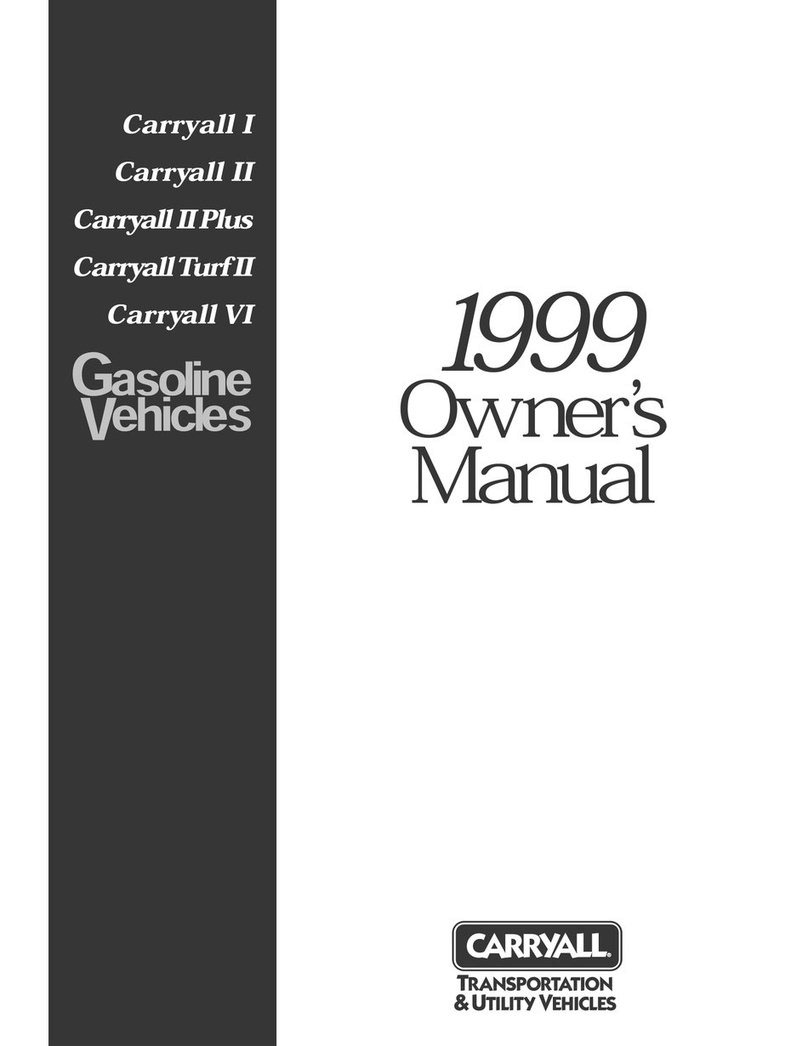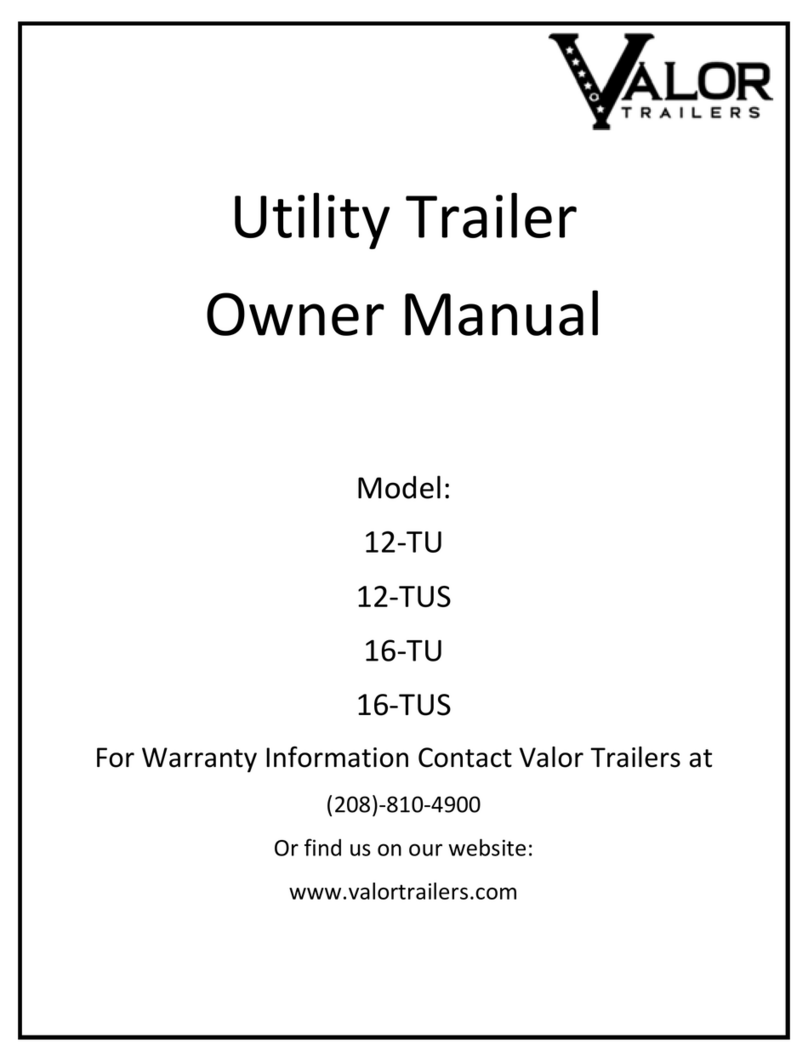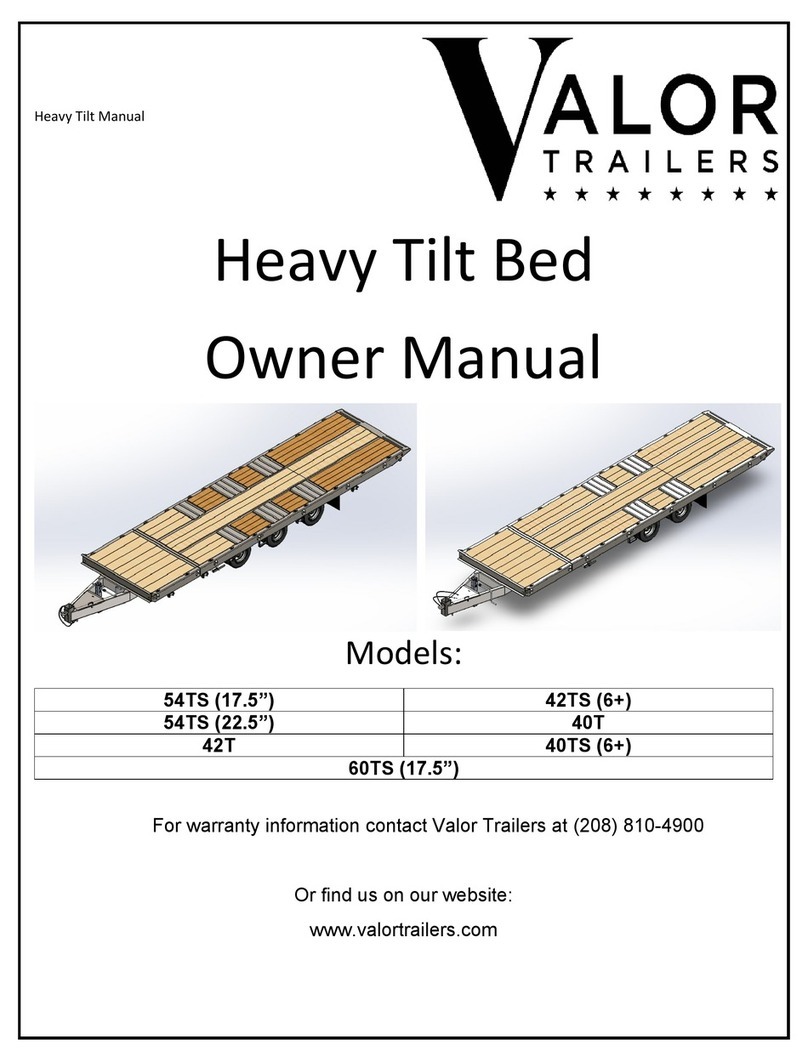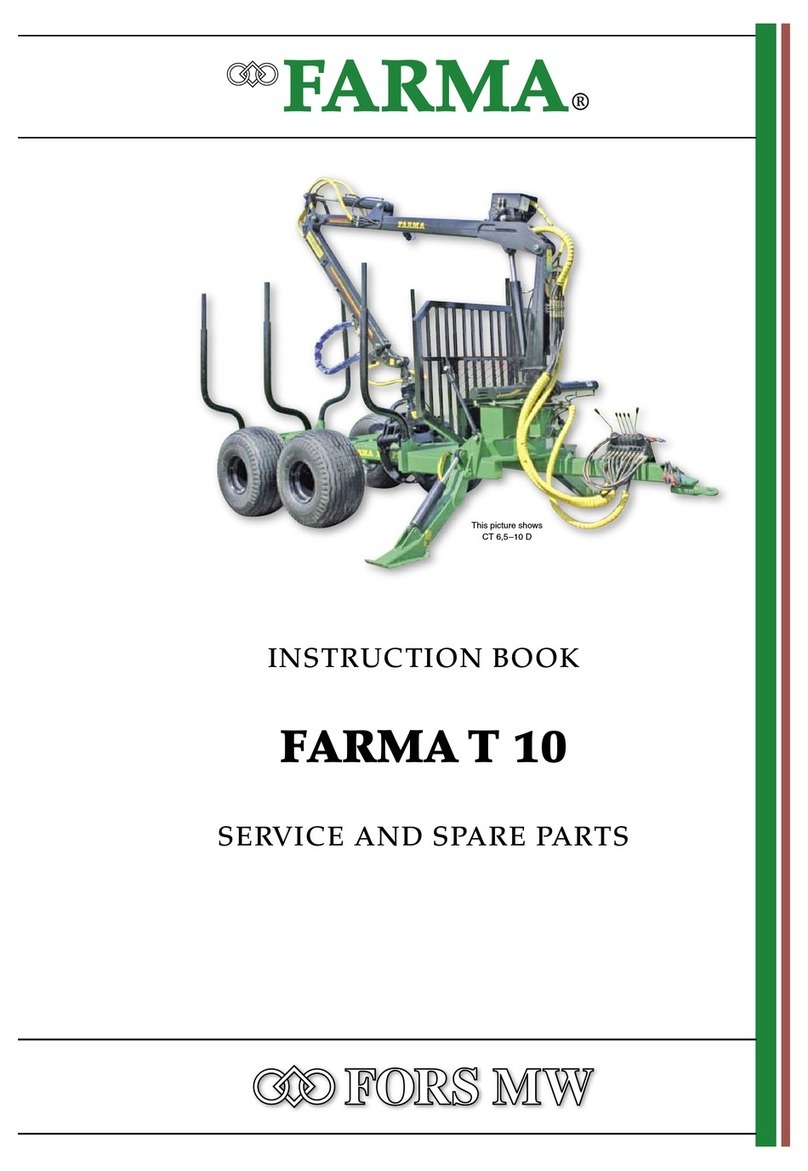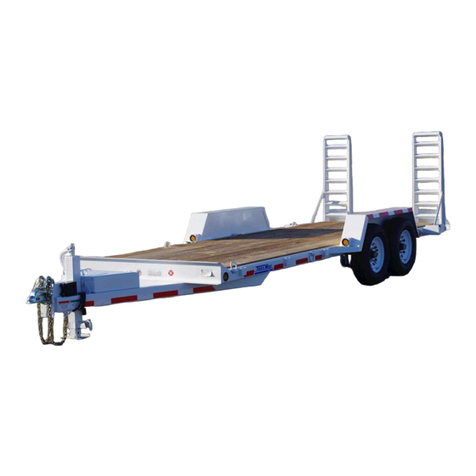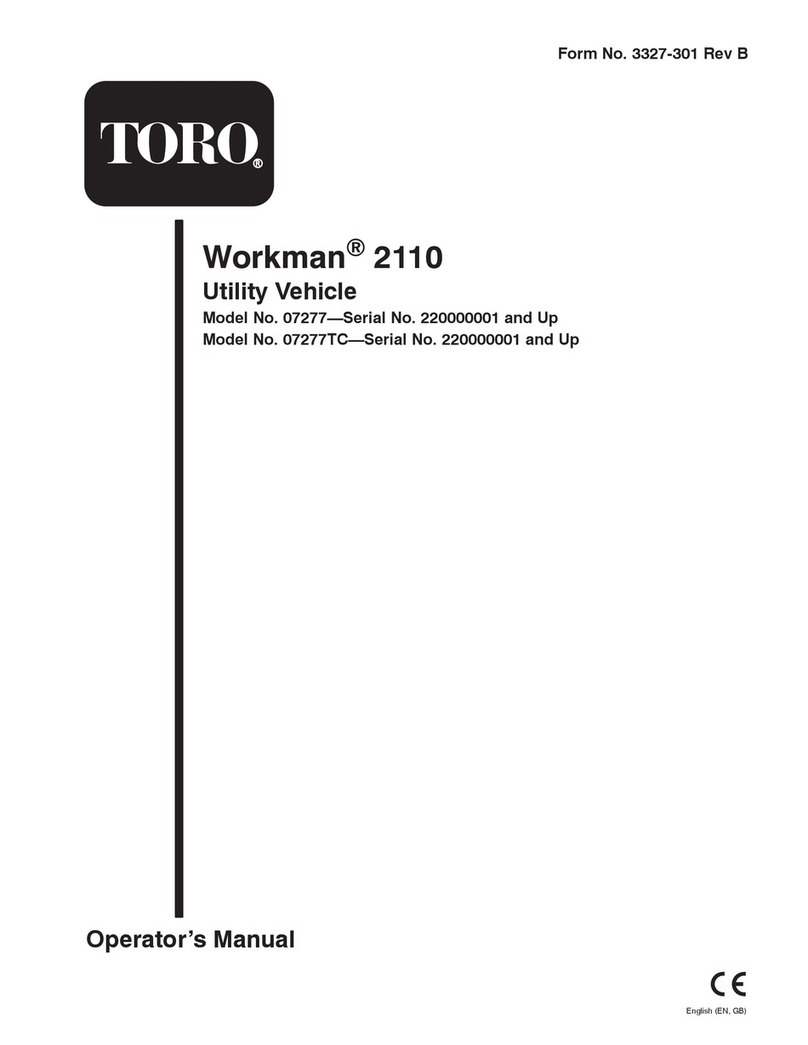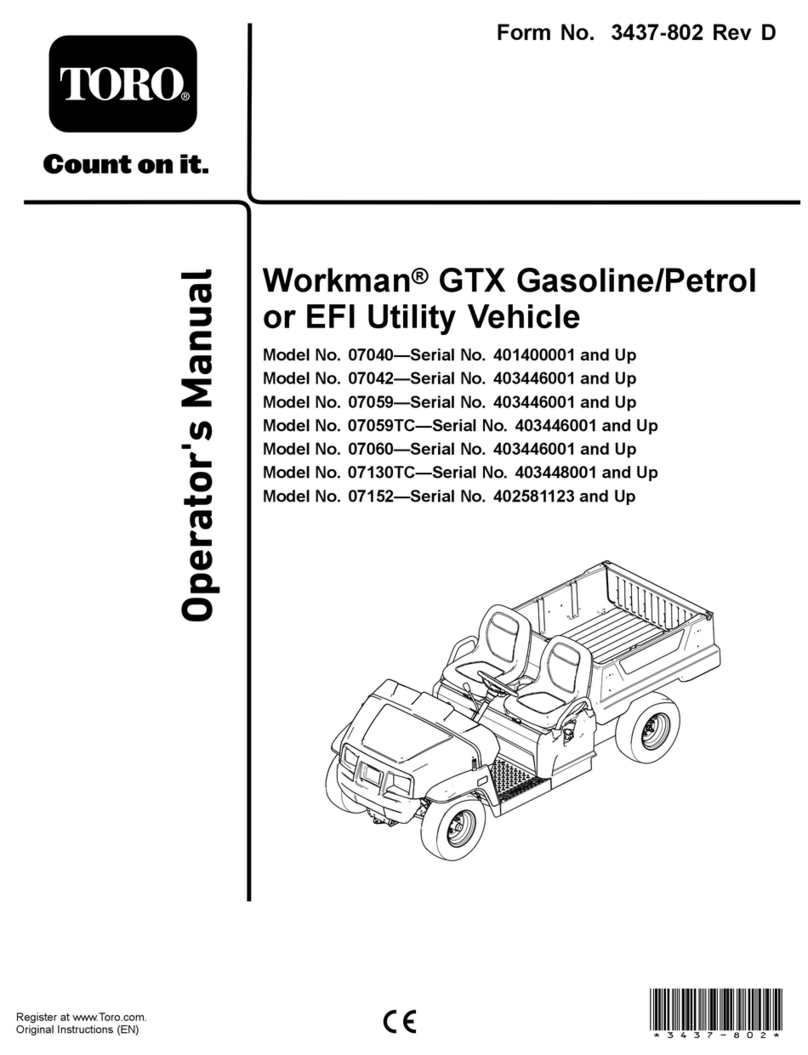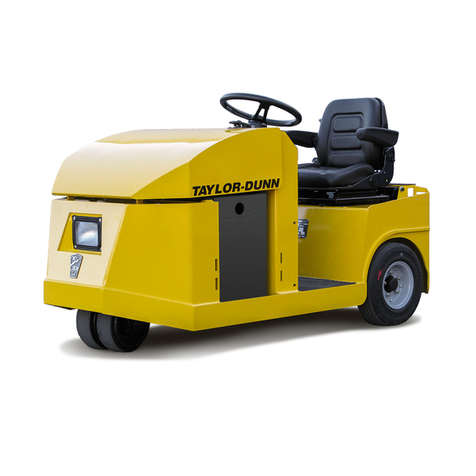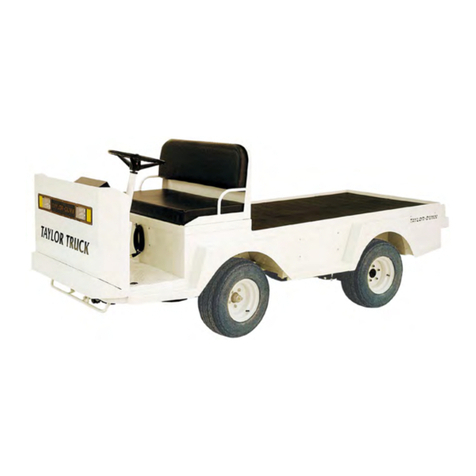6
www.valortrialers.com PHONE: 208-810-4900 Rev. 05.17.2022
While on a downgrade, the force of gravity works against the driver’s ability to maintain control
of the vehicle, particularly if the road surface is wet or slick from snow and ice or covered with loose material.
On upgrades, the problem changes to spinning out because of insufficient traction of the drive wheels,
particularly on snow and ice or other slippery road conditions.
Great care must be taken to avoid excessive use of brakes on long downgrades.Overheated brakes
are dangerously inefficient. It is very dangerous to brake on a downgrade using only the trailer brakes. If this is
done, the trailer brakes heat up and fade and the tow vehicle brakes alone will not be able to stop the
combination of two vehicles. Drivers should reduce speed, downshift, and use engine compression as the
principal means of controlling speed on long grades; and use both trailer and tow vehicle brakes so brake
temperatures can be held to a safe level.
Weather conditions can be a major factor in the cause of accidents. Rain, ice, snow, high winds, and
poor visibility combined with excessive speed, sudden lane changes—or other factors that put lateral forces into
a tow vehicle and trailer combination—may contribute significantly to an accident. Slippery roads can increase
stopping distances and reduce the ability to control the vehicle. When the road is wet, the available tire/road
friction to enable braking may be half that of a dry road. Icy roads can further reduce tire friction for braking
many times over the tire friction available for wet roads. If hard braking or rapid acceleration occurs, there may
be little or no friction available to prevent lateral tire movement and skidding results.
Control and stability may be maintained if the driver knows his or her vehicle, his or her load,
and the road. The driver must compensate for the characteristics and conditions of his or her vehicle, the road
conditions, and weather. Reducing speeds and increasing attentiveness may compensate for most of these
conditions. The more familiar the driver is with the vehicle and the road, the less likely he or she will need to
make abrupt emergency maneuvers, which will take the vehicle to its limits.
Either braking or accelerating while cornering can significantly reduce the controllability and stability of
the vehicle and should be avoided. The best driving practice is to decelerate to a safe conservative speed, before
entering a corner or approaching congested traffic, and then apply only moderate power until an essentially
straight path has been established.
It is imperative that a safe speed always be maintained. The safe speed is defined as that speed at
which control can always be maintained within the bounds of the vehicle. This reasonable speed will ensure
vehicle control is maintained to allow an emergency change of lane maneuver, travel off an exit ramp with a
tightening radius, and recovery from pavement drop-off or wet pavement.
Note: Safe speed will vary from one combination of vehicles to another and takes into consideration such
factors as road conditions, weather, traffic, visibility, type of load, and experience of the driver.

